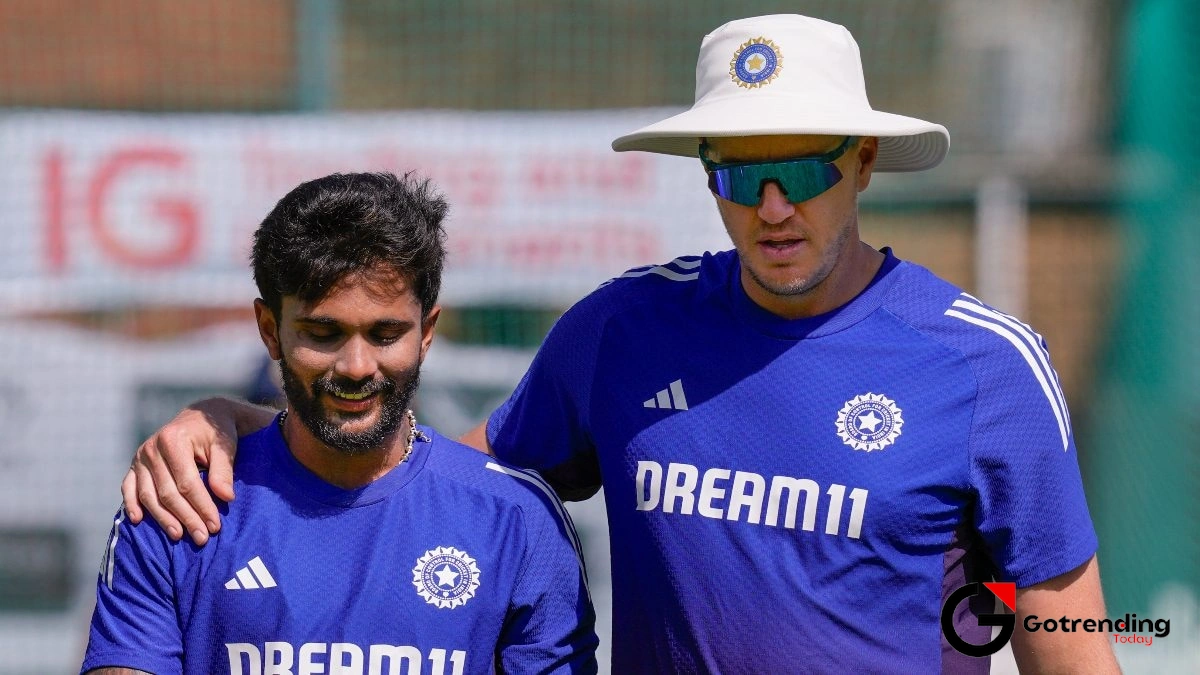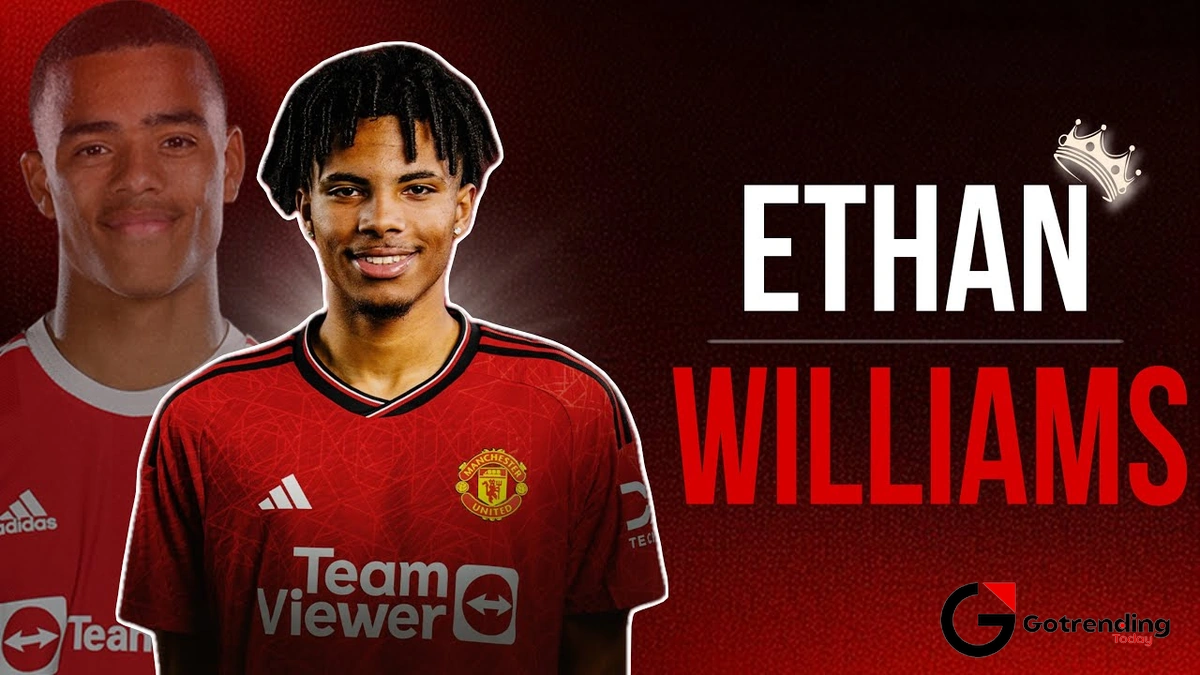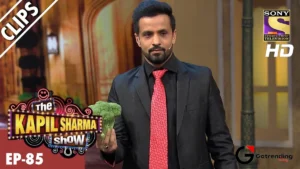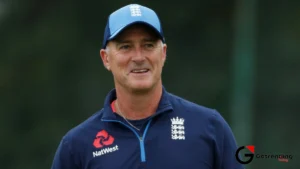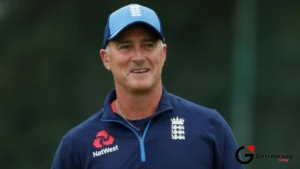The Gentle Giant Who Bowled Nightmares | Remembering Morne Morkel
You remember the sight, don’t you? It was less a bowling run-up and more an event. A skyscraper gaining momentum. All knees and elbows and raw kinetic energy, culminating in a release point that seemed to be somewhere up in the stratosphere. That wasMorne Morkel. For a batsman, especially here in India on pitches that don’t always offer that kind of lift, facing him for the first time must have been a truly jarring experience.
The ball didn’t just bounce. It exploded off a length. It followed you. It created angles you hadn’t practiced for in the nets. For years, I feel like we the fans, the commentators, maybe even the selectors at times got a bit lost in the spectacle of his height. It was the easy narrative. The headline. But that was never the full story. Actually, it’s not even the most interesting part.
More Than Just Height | The Uncomfortable Genius of Morne Morkel

Here’s the thing about being that tall. Everyone assumes it’s easy. Just run in and let your natural attributes do the work. Wrong. Being 6-foot-5 is an anatomical challenge. It’s a constant battle to keep a complex chain of levers and limbs firing in perfect sequence, ball after ball, over after over. One thing goes out of sync, and the whole operation collapses. The control vanishes. The pace drops.
What I came to admire most about Morne Morkel wasn’t the freakish bounce, but the relentless consistency he achieved despite his frame. The man was a workhorse in the truest sense. Think about that legendary South African pace battery: Dale Steyn was the artist, the raging genius who could win a match in a single spell. Vernon Philander was the surgeon, dissecting lineups with microscopic precision. And Morne? Morne was the heavy artillery. The one who softened the enemy up. He’d hammer away at a tough, unforgiving length, making life physically and mentally miserable for the batsmen. He created the pressure cooker environment where the other two could truly thrive. He was the ultimate enabler.
Without his thankless spells, holding up an end and roughing up the top order, the legend of that pace trio wouldn’t be quite the same. It’s a fascinating dynamic, one that tells you so much about the man’s character. He accepted his role. He embraced it. He knew his job wasn’t always the glory, but the grind. It’s a bit like comparing a supercar to a heavy-duty pickup like the Tata Harrier EV ; one is for the highlight reel, the other does the indispensable heavy lifting.
The IPL Journeyman with a Golden Arm
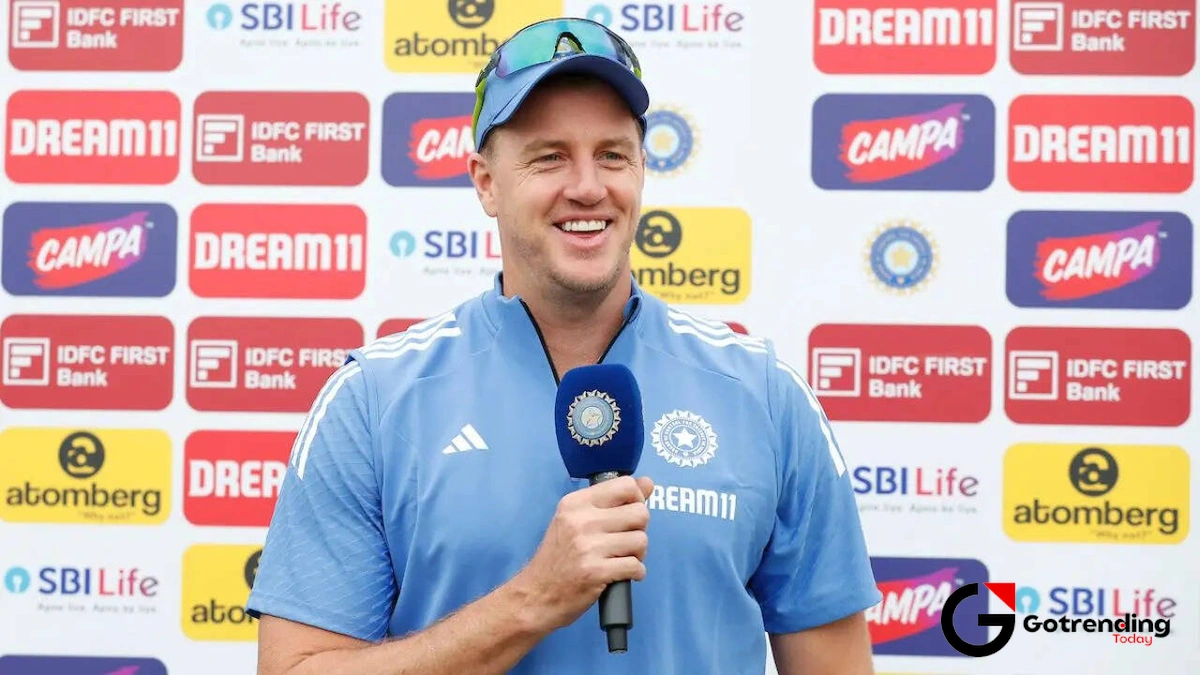
But then there was his Indian Premier League chapter. And this is where the narrative shifts, which I find fascinating. For many Indian fans, their primary memory of Morkel isn’t in Test whites, but in the vibrant colours of an IPL team. He was a Delhi Daredevil. A Rajasthan Royal. And, most memorably for me, a key part of the Kolkata Knight Riders.
Suddenly, the workhorse had to be the thoroughbred. In the frantic, four-over-spell world of T20, there’s no time to just ‘hold up an end’. You are the main event. I remember his 2012 season with Delhi vividly – he took 25 wickets and the Purple Cap. He wasn’t just supporting anymore; he was leading the attack. He adapted his game, using that height not just for intimidation but for clever changes of pace and lethal yorkers. Seeing him and his brother, the equally formidable Albie Morkel, compete in the same league was one of the great subplots of the early IPL years.
It was a different Morkel. Freed from the specific role he had in the Test side, he showed a different kind of versatility. You got to see the full arsenal. It’s funny, sometimes a change of scenery can reveal things about a person you never expected, not unlike the surprising reinventions we see from public figures like Urfi Javed .
His success in India, on pitches that traditionally blunt the effectiveness of pure pace and bounce, is a testament to his skill and intelligence as a bowler. He wasn’t just a physical specimen; he was a thinker. For a deeper dive into his career stats, a site like ESPNcricinfo is an absolute treasure trove.
The Morkel Legacy | From Player to Mentor
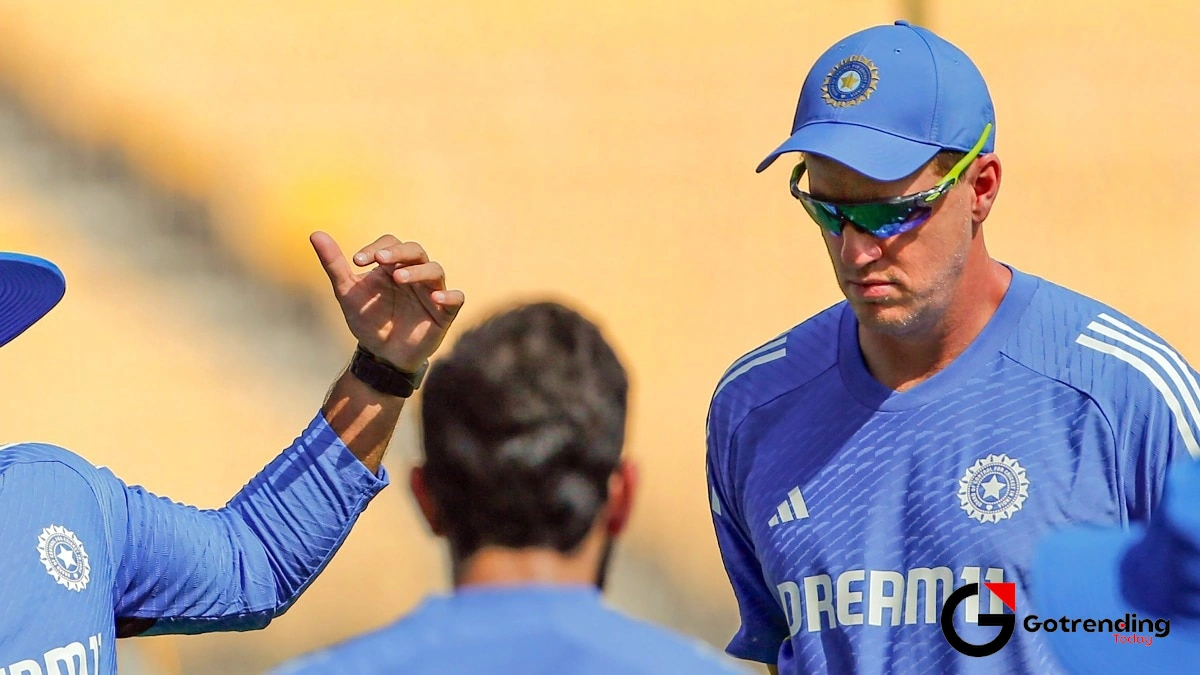
And now? Now we’re seeing the next evolution. The player has become the teacher. His role as a bowling coach, most recently with the Lucknow Super Giants, feels like such a natural fit. Who better to mentor a new generation of fast bowlers than a man who had to master the physical and mental complexities of the craft every single day?
You can see his influence. The focus on hitting that hard length, on using your physical attributes to your maximum advantage. He’s not just teaching them how to bowl; he’s teaching them how to think. How to understand their role within a bowling unit. It brings his entire career full circle. The ultimate team man is now building the ultimate teams.
I can’t help but think that this phase of his life, this transition into mentorship, is where his true legacy will be cemented. The wickets and the stats are one thing, and they are impressive. But the knowledge passed on, the careers he will help shape that’s enduring. South African cricket gave us a phenomenal bowler, and now Indian cricket, through the IPL, is reaping the rewards of his incredible experience.
When we look back, we shouldn’t just remember theMorne Morkel height or the awkward bounce. We should remember the dedication, the intelligence, and the quiet dignity of a giant who played the game with incredible heart. He was never the loudest voice in the room, but his impact was thunderous.
Frequently Asked Questions About the ‘Giraffe’
Just how tall is Morne Morkel?
This is the classic question! Morne Morkel height is officially listed as 1.96 meters, which is just a shade under 6 feet 5 inches. This incredible stature was the source of the trademark steep bounce that troubled batsmen around the world for over a decade.
Which IPL teams did Morne Morkel play for?
He had a fairly extensive IPL career. He started with the Rajasthan Royals, then had his most successful stint with the Delhi Daredevils (where he won the Purple Cap in 2012), and later played a crucial role for the Kolkata Knight Riders, helping them win the title in 2014.
Is Morne Morkel a better coach than he was a player?
That’s a tough and slightly unfair comparison! He was a world-class player and a key part of one of the best pace attacks in history. What we can say is that his experiences as a player understanding different roles, adapting to conditions, and mastering a difficult physique make him an exceptionally qualified bowling coach. He’s translating his on-field intelligence into mentorship, which is a different, but equally valuable, skill.
What was Morne Morkel’s fastest ball?
While he was more known for relentless pressure and bounce than outright raw pace like a Shoaib Akhtar, Morkel was consistently quick. His average bowling speed was in the high 130s to low 140s (km/h), but he could certainly crank it up. He is recorded as having breached the 150 km/h mark on several occasions, with some reports citing a top speed of around 152 km/h in his prime.
Why was he considered the ‘workhorse’ next to Dale Steyn?
This was his role in the legendary South African Test team. Dale Steyn was the superstar strike bowler, capable of magic. Morkel’s job was often to bowl long, tough spells to build pressure, wear down the batsmen, and create opportunities for Steyn and Philander at the other end. He did the hard, thankless work that allowed the others to shine, making him the ultimate team player.
How is he related to Albie Morkel?
Albie Morkel is his older brother. They are one of the most famous pairs of brothers in modern cricket. Both were tall, powerful all-rounders for South Africa, though Albie was known more for his explosive lower-order batting, while Morne was a specialist fast bowler.
